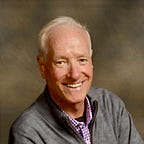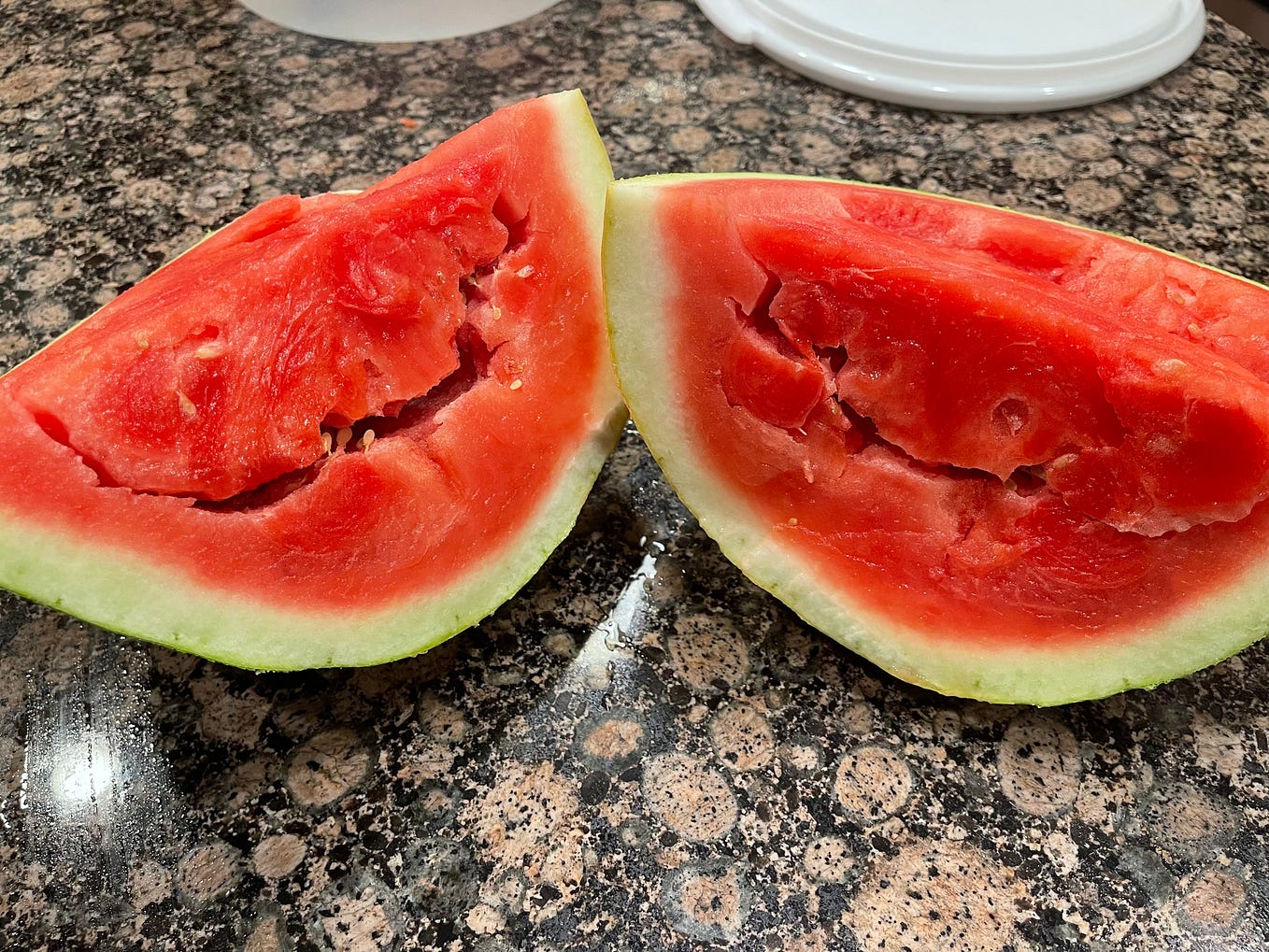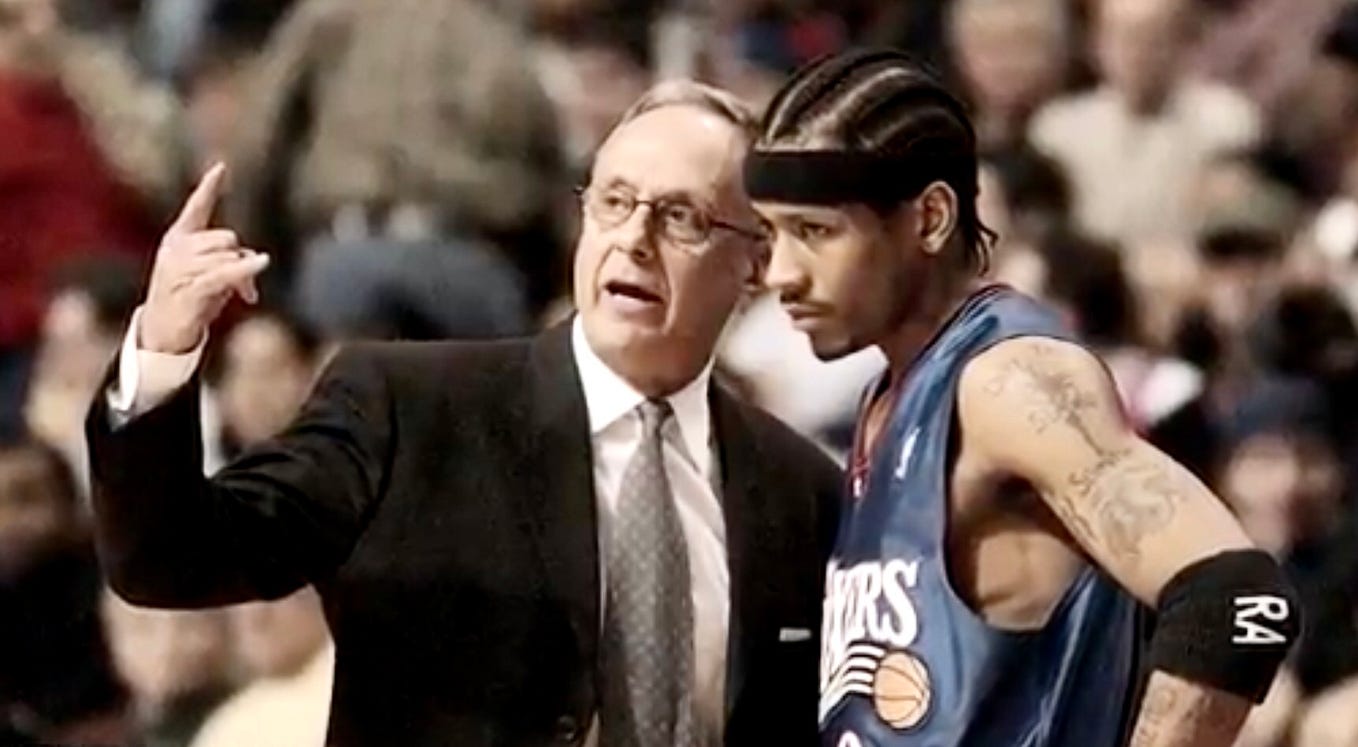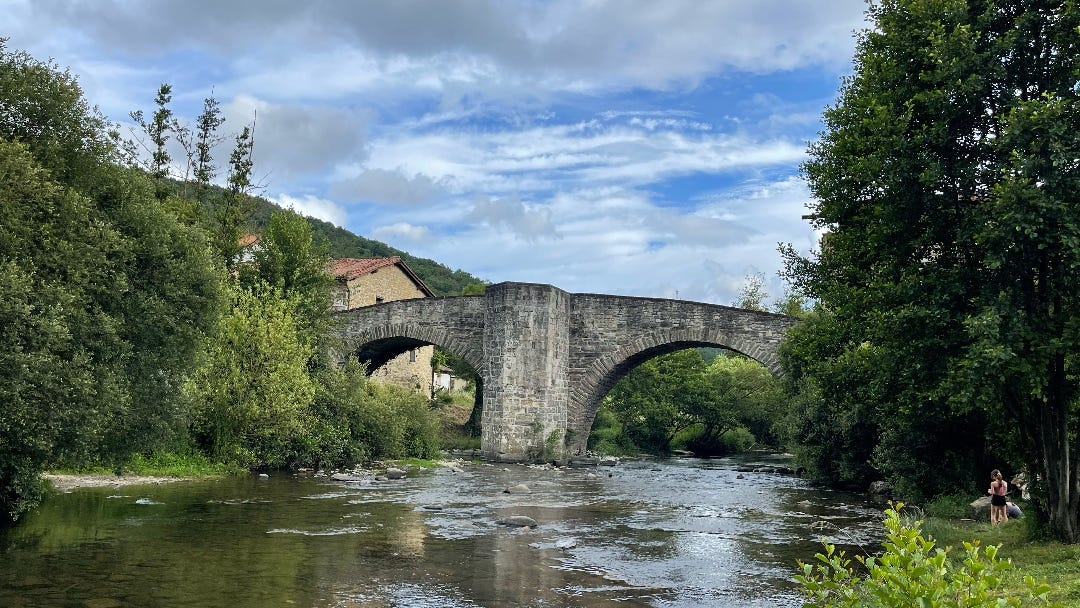Remembering Burt Reynolds: 50 years after ‘The Longest Yard’
Part 1 of 2 — Excerpted from the book, ‘Against All Odds’
In the fall of 1973, Burt Reynolds and a cast of former NFL stars and the Augusta Eagles semi-pro team filmed the blockbuster movie, “The Longest Yard” at Reidsville Prison in Georgia. The state’s then-maximum security prison, located a 100 miles south of Augusta, which has since closed its doors. Still, five years after Reynolds’s death and a half-century after the production, the movie and the man behind it continue to resonate. The following is an excerpted from Stan Byrdy’s ‘Against All Odds’ book.
Born at the family home in Lansing, Michigan, on February 11, 1936, Burton “Leon” Reynolds was destined, it seems, for life in the spotlight, in equal measures of times both good and bad.
At age five, the Reynoldses moved to Fort Leonard Wood, Missouri for two years when his father was drafted into the Army. When his dad packed off to Europe in World War II, the family initially moved back to Lansing, then to Star City, a flyspeck of a town in north central Michigan where his mom was born and his grandparents owned a farm.
The Reynoldses took up residence in the small, family-owned cottage across the road from his grandparent’s house. A ghost town today, this tiny township in Missaukee County is where Burt roamed the surrounding woods and trails as a boy.
For school, Reynolds rode the bus five miles each day to Merritt, an equally small community, which today lays claim to being one of Burt’s childhood hometowns — a judgment call, but close enough.
According to Reynolds, in his 1994 autobiography, My Life, his mom would take him to the movie theatre once a month at Houghton Lake, some fifteen miles east. The short road trip consisted of a five-mile jog south along the unpaved Star City Road to Merritt, then east on M-55 for the final ten miles of the journey.
Aside from the Michigan woods and the movies, Reynolds’ ‘best friend’ was his radio, which got a new battery each month. High-tech for the times, radio brought the outside world to his isolated part of the world, where productions like The G-Men and The Shadow came alive in his creative mind.
Jack Benny provided humor, while journalist Edward R. Murrow and war correspondent Quentin Reynolds- no relation -kept the family informed of the world. Life was good.
Finding Florida
In the Spring of 1946, when Burt was ten years old, and his father returned from the war, his parents went on a second honeymoon, and during their trip to Florida, Burt Sr. landed a job as a general contractor.
Before the school year was out, Burt and his parents headed south to the oceanside town of Riviera Beach. His father, a grizzled Army veteran, had landed during the first wave at Normandy and, according to Burt, fought in the Battle of the Bulge and three more European war theaters.
Burt Sr. was due for a reset in life, and sunny Florida proved just the ticket. At 6 foot-3, 225 pounds, the imposing Burton Milo Reynolds later became police chief in the tiny town on the outskirts of West Palm Beach.
His father’s affection was what Burt yearned for the most. But a simple pat on the back or an encouraging word was hard to come by. Young Burt was a scrapper, eager for mischief and just as quick to throw a punch if the occasion arose. Everything he did in life was for his father’s admiration, which seldom occurred.
Life on the ocean was worlds away from the years he spent in Michigan, and it changed again drastically for Reynolds some two years into the family’s move south.
As he got accustomed to his new environment, Reynolds was informed that his seventh-grade class at Lake Park School was short on numbers. That prompted him to be bused to West Palm Beach’s Central Junior High. The move proved highly unsettling for Reynolds in the short term but altered his life dramatically as the script played out.
Junior Journey
Central Junior High School was enormous in size and scope compared to his old schools. Central shared its campus with Palm Beach High, the feeder school for ten surrounding junior highs.
“… whole convoys of buses dropped off students, creating a scene that reminded me of the wartime invasions in Europe” Reynolds recounted, “The next six years of my life stretched out in front of me as if I had been drafted into the Foreign Legion.”
During his first two years at Central Junior High, Reynolds wrote in his autobiography that he was characterized as a ‘greaseball,’ or worse yet, a ‘mullet’ from Riviera — and that was just on the bus ride before he got to school.
Depending on one’s status, students fit into one of several cliques at Beth’s Soda Shop, the local hangout across the street from school. Being neither a jock nor a nerd, Reynolds ate lunch in the ‘greasers’ corner while the popular kids with the letter-sweaters convened in their choice section of the shop.
One of the best junior high athletes in the county, Peanut Howser, was part of the ‘in-group.’ You might know him better as former major league baseball player Dick Howser, who managed the Kansas City Royals to the 1985 World Series Championship.
Though Reynolds wasn’t an athlete, word got out among the soda shop crowd that he was somewhat fleet of foot, and ‘Peanut’ called him out on it. Not that Howser would break a sweat in the matter; his was of the pedigree that initiated such challenges.
Reynolds accepted Peanut’s’dare to match up against the school’s fastest runner, Vernon “Flash” Rollison, in a true test of junior high prowess.
The ‘Aha’ Moment
As Peanut and the soda shop elite assembled for entertainment, Flash laced up his track cleats and put his unbeaten record on the line. Determined to make the best of the one chance he might ever get to shake his bottom-feeder status, Reynolds lined up barefoot with heart pounding.
David versus Goliath. Burt versus Flash. One reaches a bit deeper when the thought of being labeled ‘mullet’ for life enters one’s psyche, and it was that way for Reynolds that fateful day.
With the urgency that one exerts when running for one’s life, Reynolds proved faster than a speeding bullet that morning and showcased his speed and dogged determination as he closed hard for the victory in the final yards of the race.
In the time it had taken him to run the length of the football field, a mere tick of the clock in the course of a lifetime, Reynolds had morphed from ‘wanna-be’ to real-life ‘jock.’
It proved the breakthrough moment of his life, the one he would measure all his many career challenges and accomplishments against — a race he would continue to run until his final days.
Superman himself could not have opened the doors of opportunity wider, and the newfound confidence worked wonders on Reynolds. No longer confined to a telephone booth across the street, Reynolds would soon have new friends, a seat at the soda shop, and better yet, a nickname all his own.
The future baseball great, Howser, congratulated Reynolds with a handshake and pat on the back for all to see and muttered, “Nice race, Buddy.”
In his 1994 autobiography, Reynolds recounts, “It was as close to a papal blessing as one could get.” As for the nickname “Buddy,” it stuck.
And while Reynolds had never played sports before, his new friend Peanut recognized the raw talent that Reynolds provided should he try out for football.
Burt took him up on it and was selected to the county all-star team his first season. Not only could he run fast, but he found he loved the contact.
Burt added basketball, track, and baseball letters the last year in junior high. Reynolds was living the dream he envisioned, all because he stepped outside his comfort zone and did the impossible — he had beaten Flash Rollison in a foot race.
For the fourteen-year-old Burt Reynolds, the sky was suddenly the limit.
Hellraiser
According to childhood friend Wayne Elliott, in a National Enquirer article circa 1979, Burt was just like the character he played in Smokey and the Bandit.
He wasn’t playing a part in the movie; he was playing himself.
“He was a hell-raising, irreverent kid with just about everything going for him. He was good-looking, the girls all swooned over him, and no matter how hard his old man got on his case, he couldn’t give a damn.” Elliott related, “His cocky attitude and misbehavior got him into a lot of fights.”
The future Hollywood stuntman Reynolds started that career path as a youngster.
According to Elliott, “One of (Burt’s) favorite stunts was waiting for a drawbridge to open, allowing the boat to pass, then running up the bridge as it began to close and diving 30 or 40 feet into the water. We all used to do it, but what made us mad was that Burt would cut it finer every time. He did everything for his own glory, but you had to admire his guts. It was a damned dangerous stunt. We could have been killed.”
In the same article, a girlfriend of Burt’s in high school stated, “He used to flirt all the time. I’d find out about him cheating on me, but he would always get around it. He was such a charmer and silver-tongued devil that you couldn’t help but forgive him.”
Another childhood girlfriend was quoted in the article as having had a similar experience, “…another girl also had a crush on the good-looking youth, and it got to the point where Burt had both of us on a string. He’d see me one day and her the next.”
Yet another former classmate confided, “Buddy was so vain and conceited. Everything was stories about himself… He insisted the whole evening on being the center of attention. He didn’t give a darn about anything except himself… He was so undignified. He just didn’t have any class.”
Football Fortunes
When he started playing football, the sport became his real passion, the one thing that gave him identity.
At Palm Beach High School, classmates knew him as Buddy Reynolds, the hard-charging running back on the Wildcats football team.
In his autobiography, Reynolds wrote, “Instead of cutting away from tackles when I ran the ball, I ran over them, and those I couldn’t run over I punished for being in the way.”
In November 1953, the West Palm Beach Post called, “Reynolds, the hardest running fullback in Florida prep circles…”
Still, his father hardly noticed.
In an interview with Marc Meyers for the Wall Street Journal in 2016, Reynolds related, “One day, I had one of those great games and scored four touchdowns. When I came home, my dad was sitting in the living room smoking his pipe. I asked him what he thought of the game. He said it was fine. I wanted to cry but didn’t. I just went to bed. About an hour later, my dad came in. I’ll never forget this: he sat on my bed, put his hand on my knee, and said, ‘You were the best one out there.’ Then he got up and left. I lived on that one rare moment for some time.’”
All-State and All-Southern honors followed, and Reynolds was offered 14 college scholarships, which he narrowed down to the University of Miami and Florida State University.
Upon making his decision, the local newspaper announced his intentions to play college football near home at the University of Miami.
Again, Howser challenged Reynolds to visit Florida State, where the Seminoles were upgrading their athletic programs to the major college ranks. After meeting with FSU head coach Tom Nugent, Reynolds signed with the Seminoles.
Hometown Hero
On September 18, 1954, in FSU’s season opener, Burt Reynolds strode into Doak Campbell Stadium in Tallahassee for his college football debut.
He hauled in a 33-yard pass reception in a 14–0 loss to the Georgia Bulldogs. Two weeks later, in a 47–6 win at Louisville, he caught two more passes for 36 yards and scored the first of two rushing touchdowns on the season.
When the good folks of West Palm Beach opened their Sunday morning newspapers on October 3, 1954, they were greeted by the headlines: “Buddy Reynolds Scores in Seminoles 46–7 Win.”
On his early success as an 18-year-old freshman at FSU, Reynolds told the West Palm Beach Post, “I hustle, and I guess I’m lucky.”
The performance earned Reynolds a starting role on offense and defense in a 52–13 win at home over Villanova the following week, the only official start in his career with the Seminoles.
Reynolds showed off his defensive skills that day with a seven-yard pass interception.
Two weeks later, he showcased his speed and agility against Auburn at Cliff Hare Stadium when he rushed for 62 yards on three carries, the bulk of it on one carry, which was the longest run of his career.
In his autobiography, Reynolds recounted the run up the middle, in which offensive lineman Al Makoweicki “opened a hole I could drive through, then I ran straight at the linebacker. Nobody did that. I duked him and then zip, it was off to the races.”
Fifty-nine yards later, Fob James, with world-class speed, brought Reynolds down inside the one-yard line, at the “one-inch line,” according to Burt.
Despite the run, the Seminoles did not score that day in a 33–0 loss that turned Auburn’s season around.
After a 1–3 start, Auburn closed out the regular season with six wins in a row, including four shutouts, then added a seventh game to the winning streak with a 33–13 Gator Bowl win against Baylor.
As for the player who tackled Reynolds, Fob James earned All-American honors as a halfback the following season and later became Alabama’s 48th governor, serving one term in that capacity from 1995–1999.
Reynolds appeared in all of FSU’s ten regular season games in 1954 and the New Year’s Day Sun Bowl.
During the regular season, he tallied an 8.4-yard rushing average on 16 carries and averaged 19 yards on four receptions.
At Kidd Field in El Paso, Reynolds rushed seven more times for 35 yards in a 47–20 loss to Texas Western in the Sun Bowl.
The Seminoles ended the 1954 campaign at 8–4 in Tom Nugent’s second season as head coach.
In the 11 games he participated as a freshman, including the Sun Bowl, Reynolds tallied 309 all-purpose yards the 33 times he touched the football — for an impressive 9.36 yards per touch.
As he had been throughout his high school career, Buddy Reynolds was all the rave of West Palm Beach.
Thanks for reading part 1 of the excerpted from my book ‘Against All Odds’ by Stan Byrdy.









